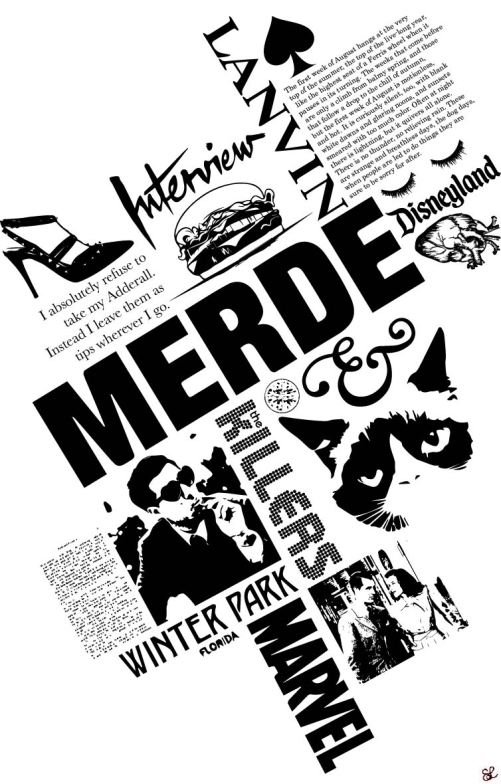This semester I’m taking an introductory level art class, Visual Foundations. While I took several years of art in high school, I was unprepared for the slightly off-beat exercises my professor tasks us. I was even more surprised by his harsh grading of the class’s artwork, especially my own. I’d always had a knack for art and these projects seemed relatively simple; what were my pieces missing?
I’d estimate that we spent three weeks of the class talking about the importance of figure and ground in a composition. I assumed figure/ ground happened organically. I didn’t have to plan for it, or even understand it completely in order to have an aesthetically pleasing piece. After several unsuccessful compositions, I learned the hard way that there is a method to the figure/ground madness.
In Herbert Zettl’s chapter “The Two-Dimensional Field: Forces Within the Screen” from the book “Sight, Sound, Motion,” figure/ground is acknowledged as an important on-screen relationship. Zettl spends several pages analyzing how to best view figure/ground and why it is especially effective in achieving startling effects (113).
Figure/ground is a technique we see everyday, but I like that Zettl takes time to explain the principle in detail. Before my art class, I had no idea how important the principle was, or that artists and filmmakers were aware of it and used it to purposely manipulate their audiences.
Discussion question: I’m only familiar with concepts such as figure/ground and gestalt because I’ve taken years of art classes. I wonder if my classmates were aware of them before this reading, or if this is an entirely new idea. If it is, are they more responsive to certain artwork or advertisements now that they know they’re being manipulated? What examples of ambiguous figure/ ground relationships have they noticed?
